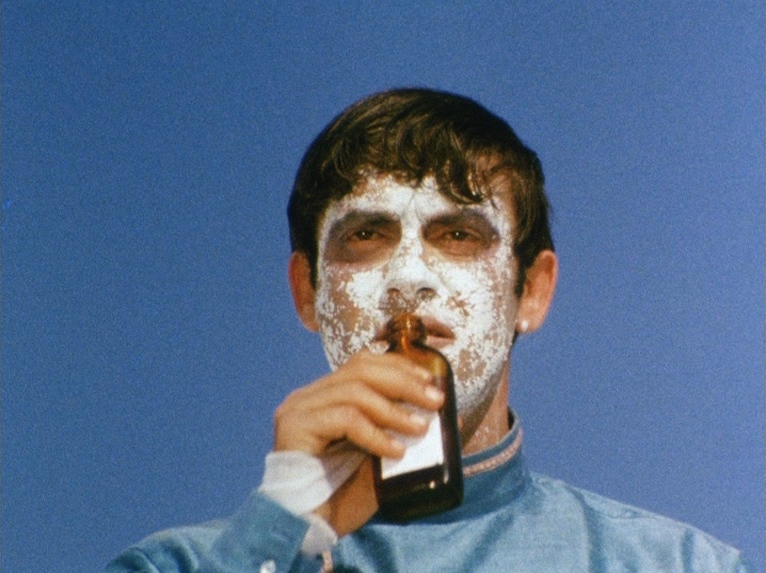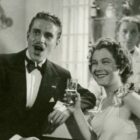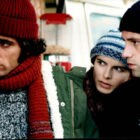Unveiling ‘Our Lady of the Turks’
Carmelo Bene, an avant-garde Italian playwright, actor, director, and filmmaker, left an indelible mark on the world of cinema through his audacious and innovative works. Among his masterpieces, “Our Lady of the Turks” stands out as a remarkable example of his creative prowess and his unique approach to filmmaking. This article delves into the life and artistic vision of Carmelo Bene and explores the captivating essence of his film “Our Lady of the Turks.”
The Maverick of Italian Cinema
Carmelo Bene emerged as a rebellious and enigmatic figure in the landscape of Italian cinema. Born in 1937 in Campi Salentina, Italy, he challenged traditional notions of theater and film, reshaping the boundaries of art and performance. Bene’s radical approach rejected conventional norms, embracing a theatrical and cinematic language that was surreal, provocative, and deeply introspective.
A Fusion of Art Forms
“Our Lady of the Turks,” released in 1968, exemplifies Bene’s unique artistic fusion. The film is an adaptation of a play written by Christopher Hampton, itself inspired by a real-life event involving a Turkish woman who converted to Catholicism. Bene’s adaptation adds layers of complexity by incorporating his distinct theatrical style and innovative cinematography.
The film features a sparse yet intense narrative. The story revolves around a forbidden love affair between an Italian intellectual and a Turkish prostitute. Set against the backdrop of an eerily abandoned hotel, the characters’ inner worlds unravel through dialogues that are both philosophical and sensual. Bene’s innovative use of space, dialogue, and visuals creates an atmosphere that is both intimate and unsettling, drawing the audience into the characters’ emotional turmoil.
Provocation and Subversion
Throughout his career, Carmelo Bene was renowned for his audacious approach to storytelling. “Our Lady of the Turks” is no exception. The film embraces provocative themes, from sexuality and religion to cultural clashes and existential dilemmas. Bene challenges societal norms by exploring taboo subjects, forcing viewers to confront uncomfortable truths and engage with the complexity of human desires and struggles.
Theatricality in Cinematic Expression
Bene’s theatrical background significantly influenced his filmmaking style. In “Our Lady of the Turks,” the influence of theater is evident in the film’s minimalist sets and highly stylized performances. Characters deliver their lines directly to the camera, blurring the line between theater and cinema. This stylistic choice draws attention to the performative nature of human interactions, adding an extra layer of psychological depth to the narrative.
Legacy and Impact
Carmelo Bene’s legacy extends beyond his artistic contributions. His radical approach to cinema and theater opened doors for experimental filmmakers and performers who dared to challenge the status quo. His innovative techniques paved the way for a new understanding of the relationship between stage and screen, performance and audience.
“Our Lady of the Turks” remains a testament to Bene’s willingness to explore the uncharted territories of human emotion and societal norms. His ability to blend the avant-garde with the accessible, the surreal with the human, continues to inspire creators to push the boundaries of their craft.
Conclusion
Carmelo Bene’s “Our Lady of the Turks” stands as a monument to artistic audacity and visionary creativity. Bene’s unapologetic approach to storytelling, his fusion of theater and cinema, and his willingness to provoke and challenge societal norms have left an indelible mark on Italian cinema. As we revisit this masterpiece, we are reminded that true artistry knows no bounds and that innovation can emerge from the most unconventional corners of the artistic world.
To watch “Our Lady of the Turks” Click here
More Articles here!






